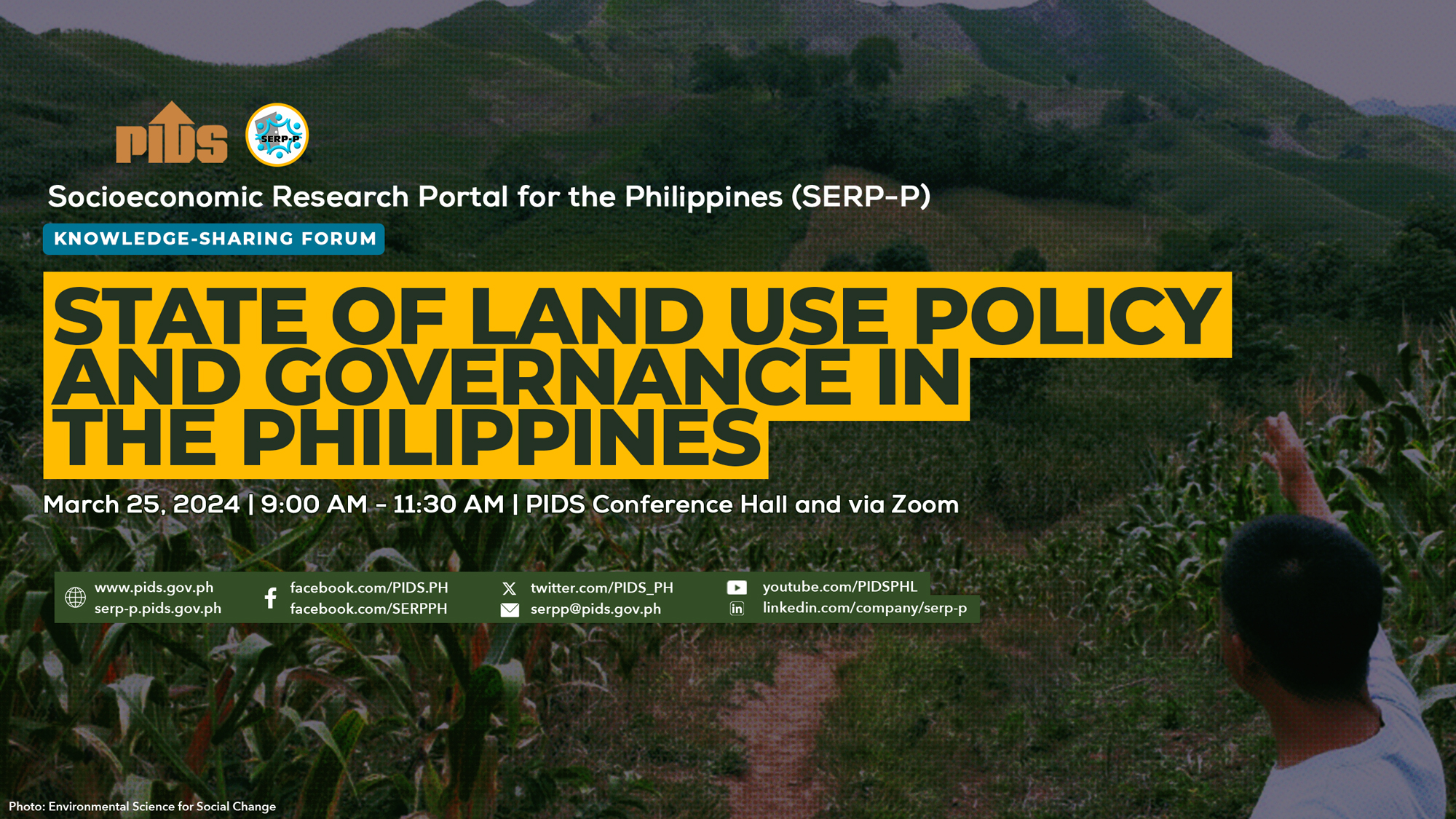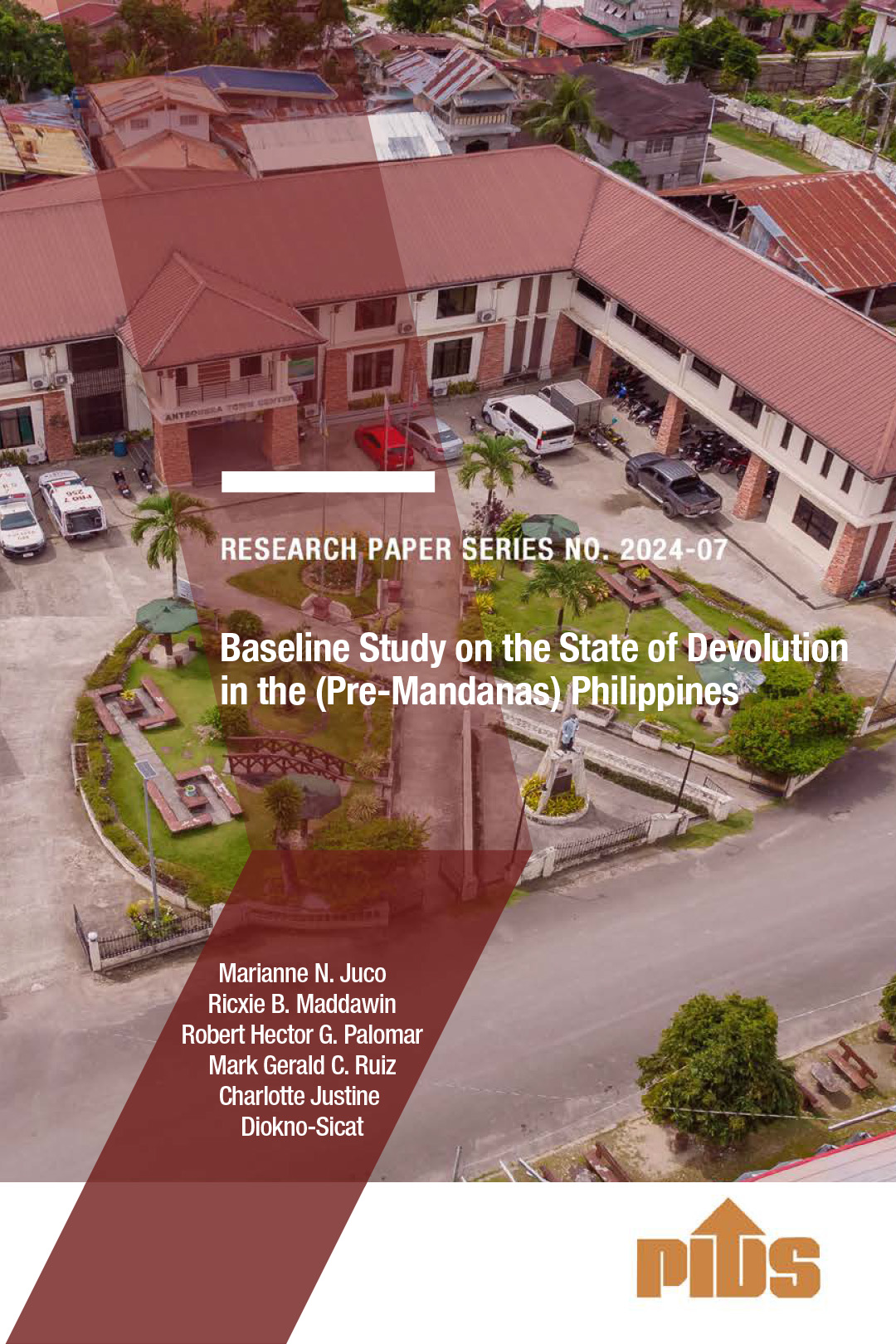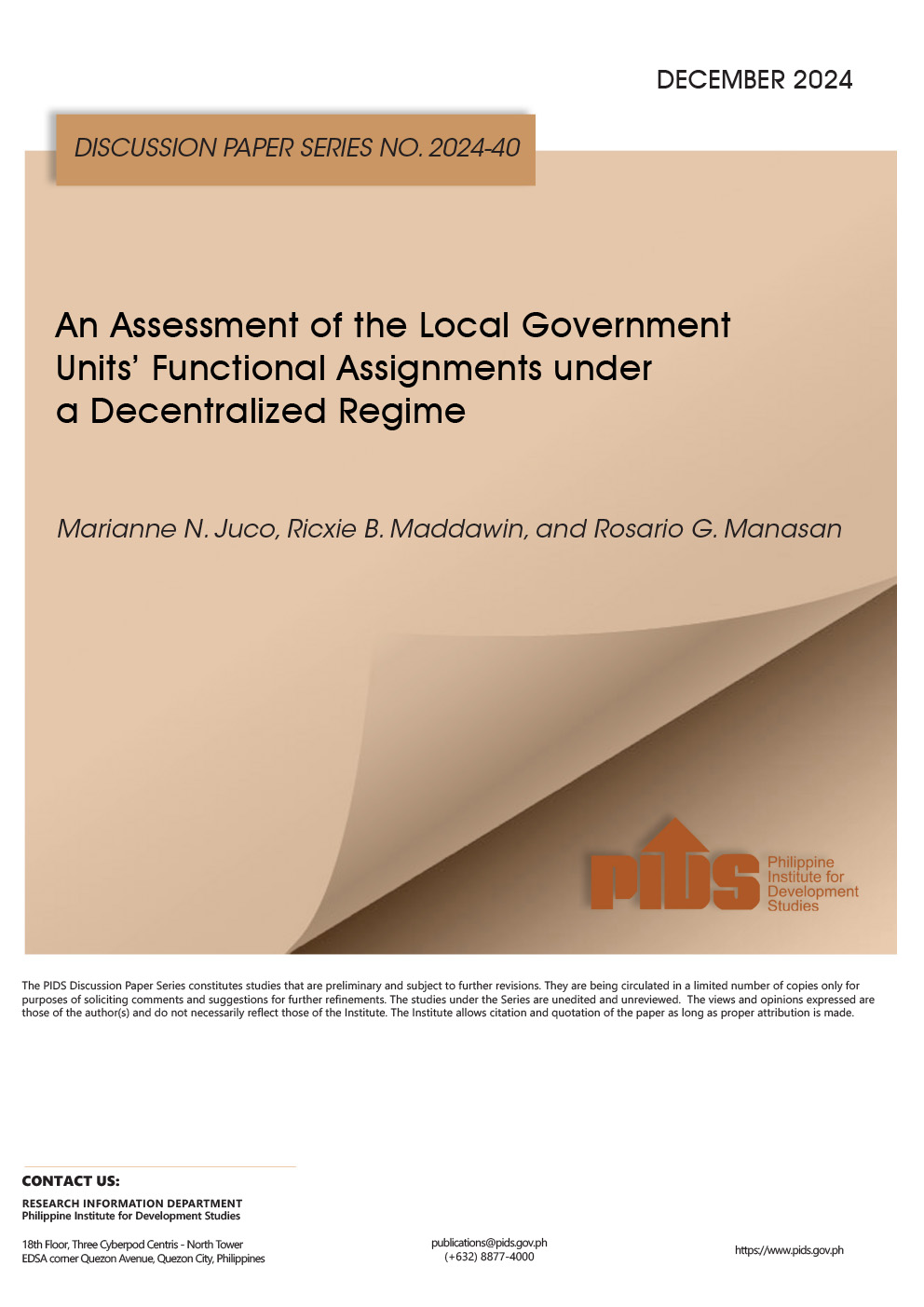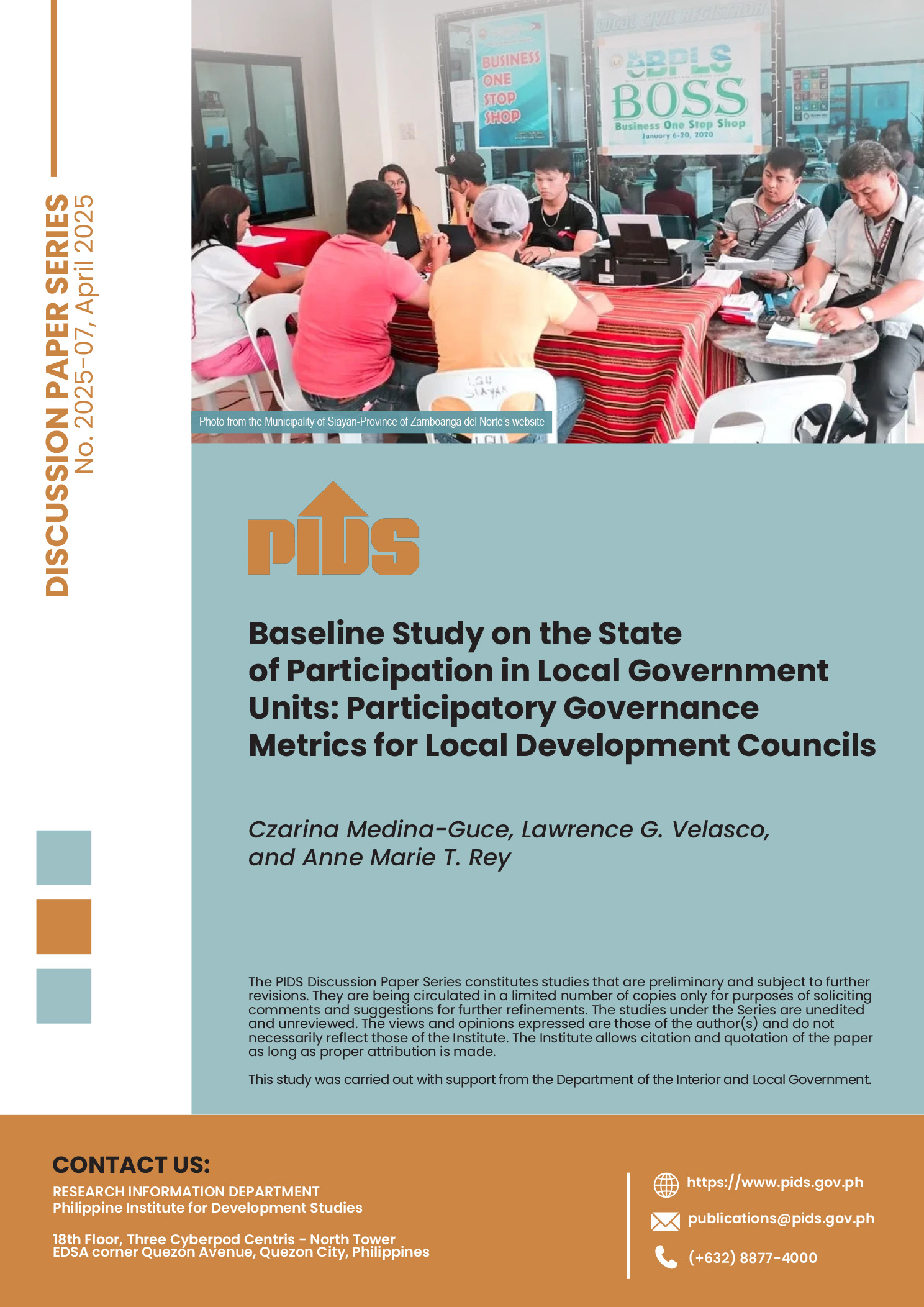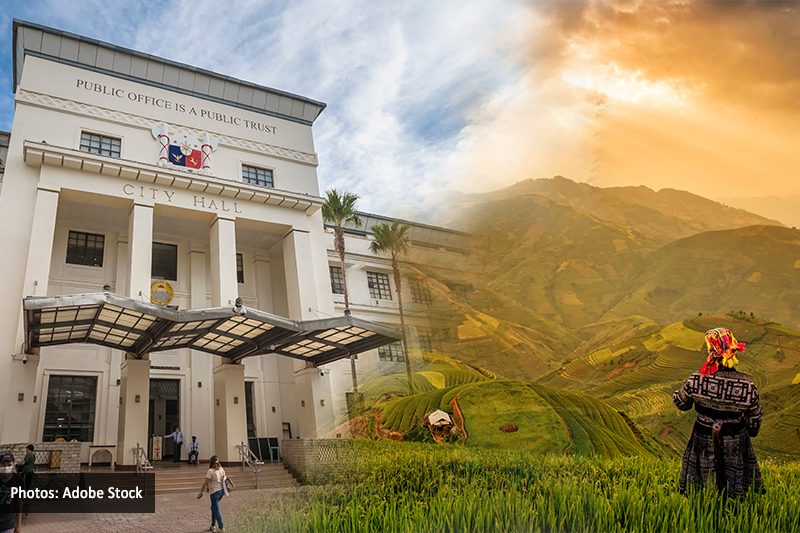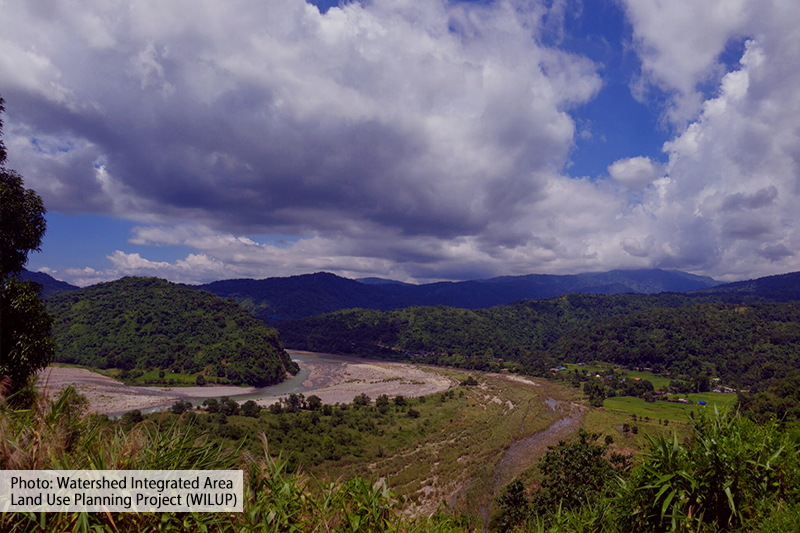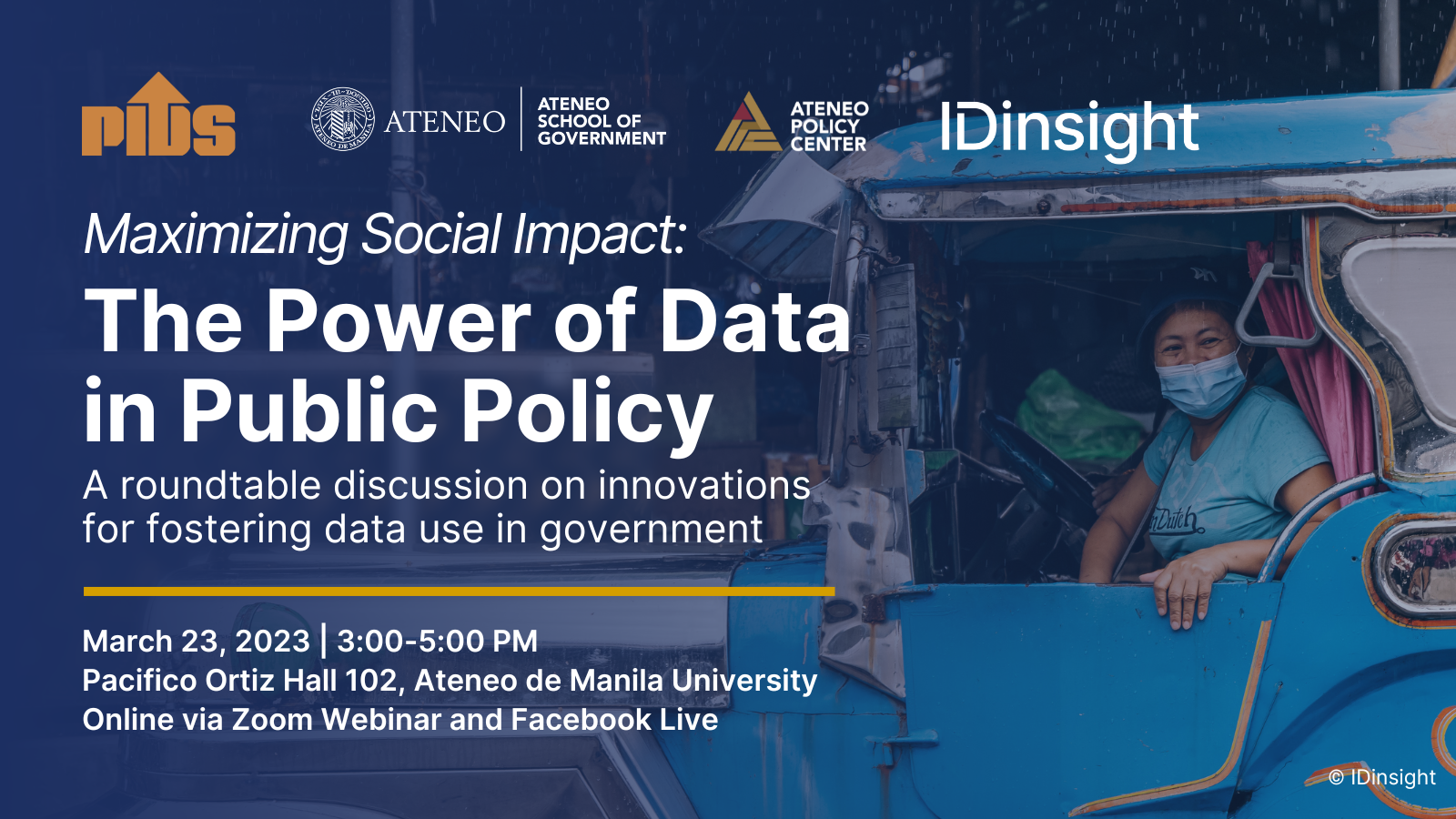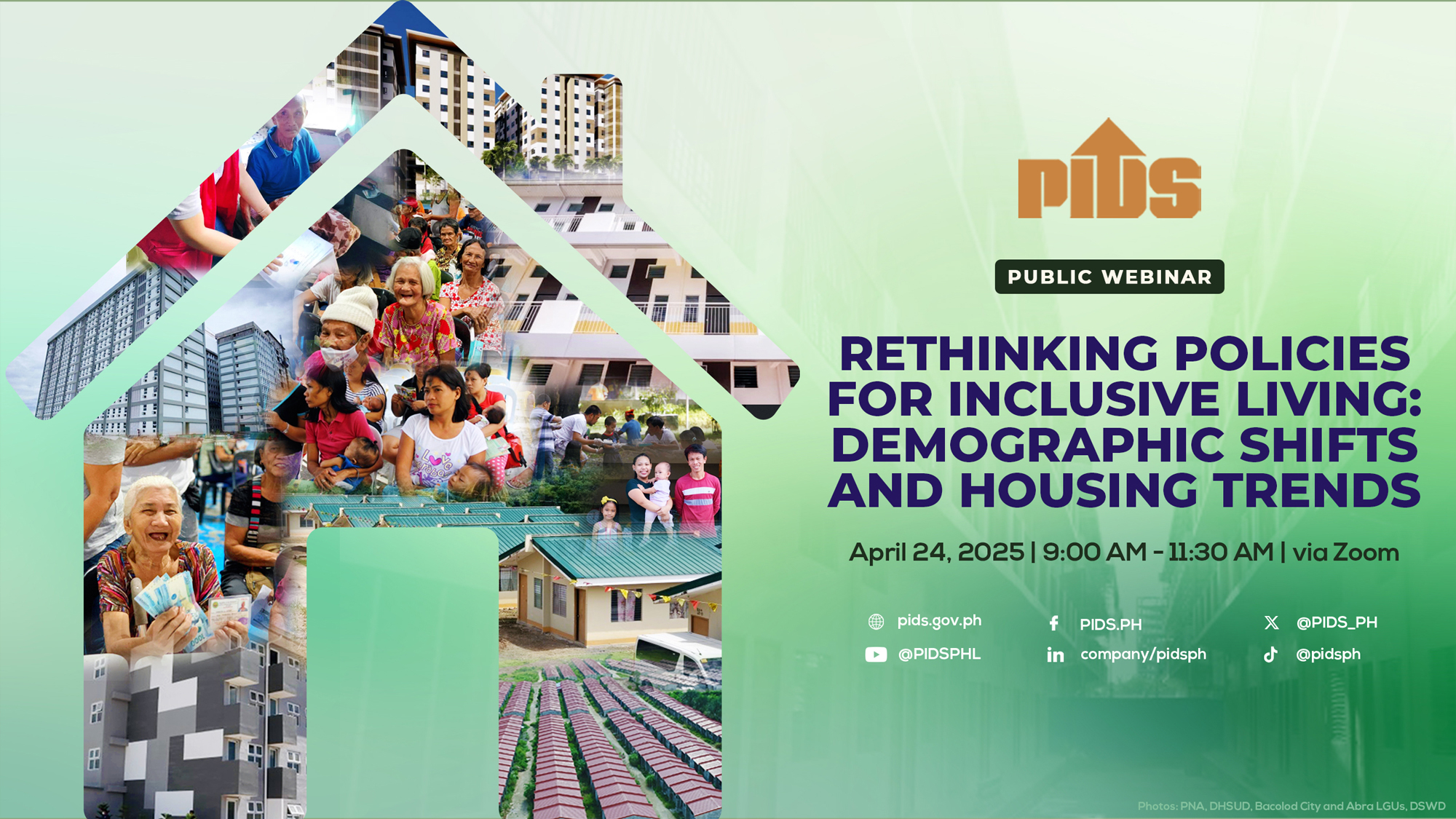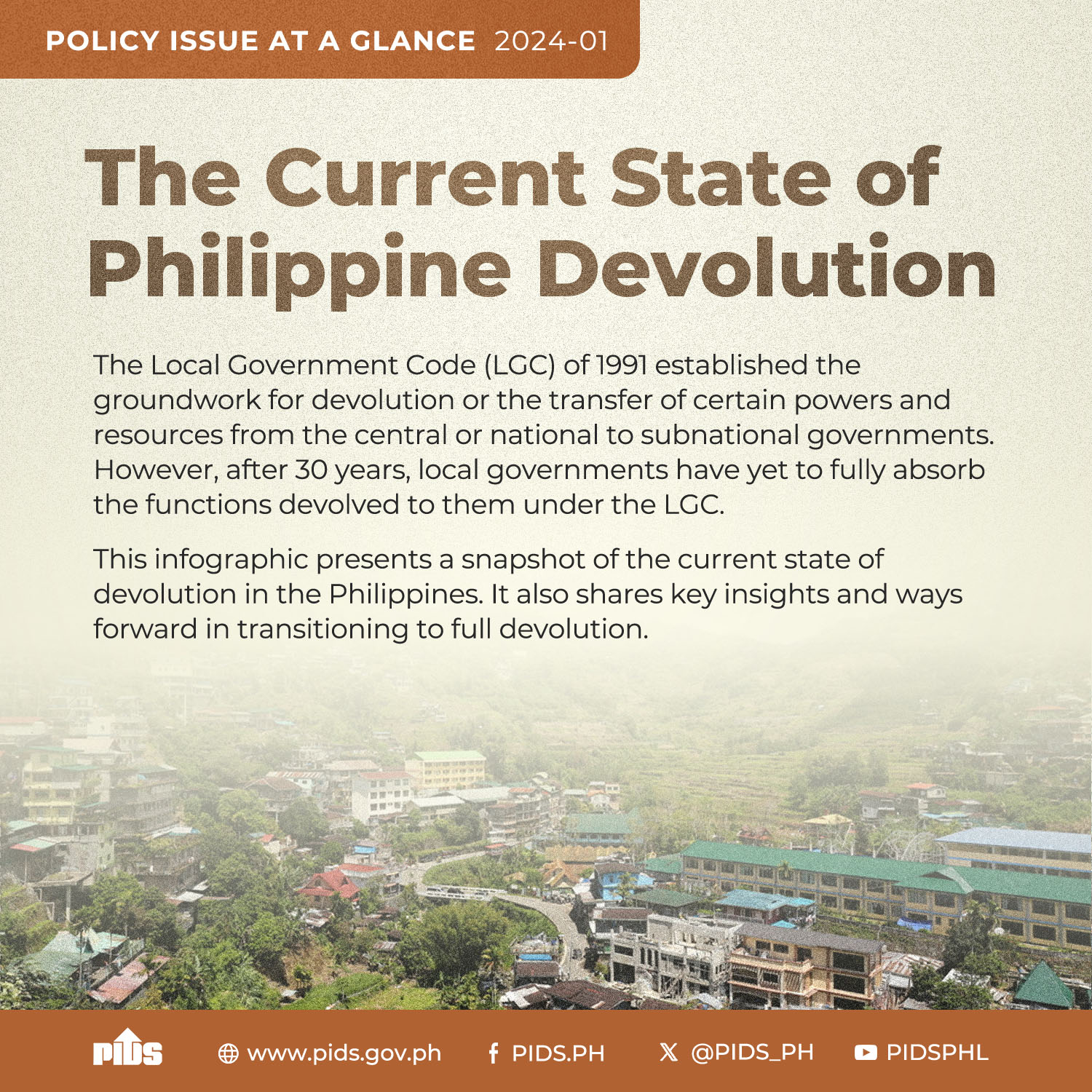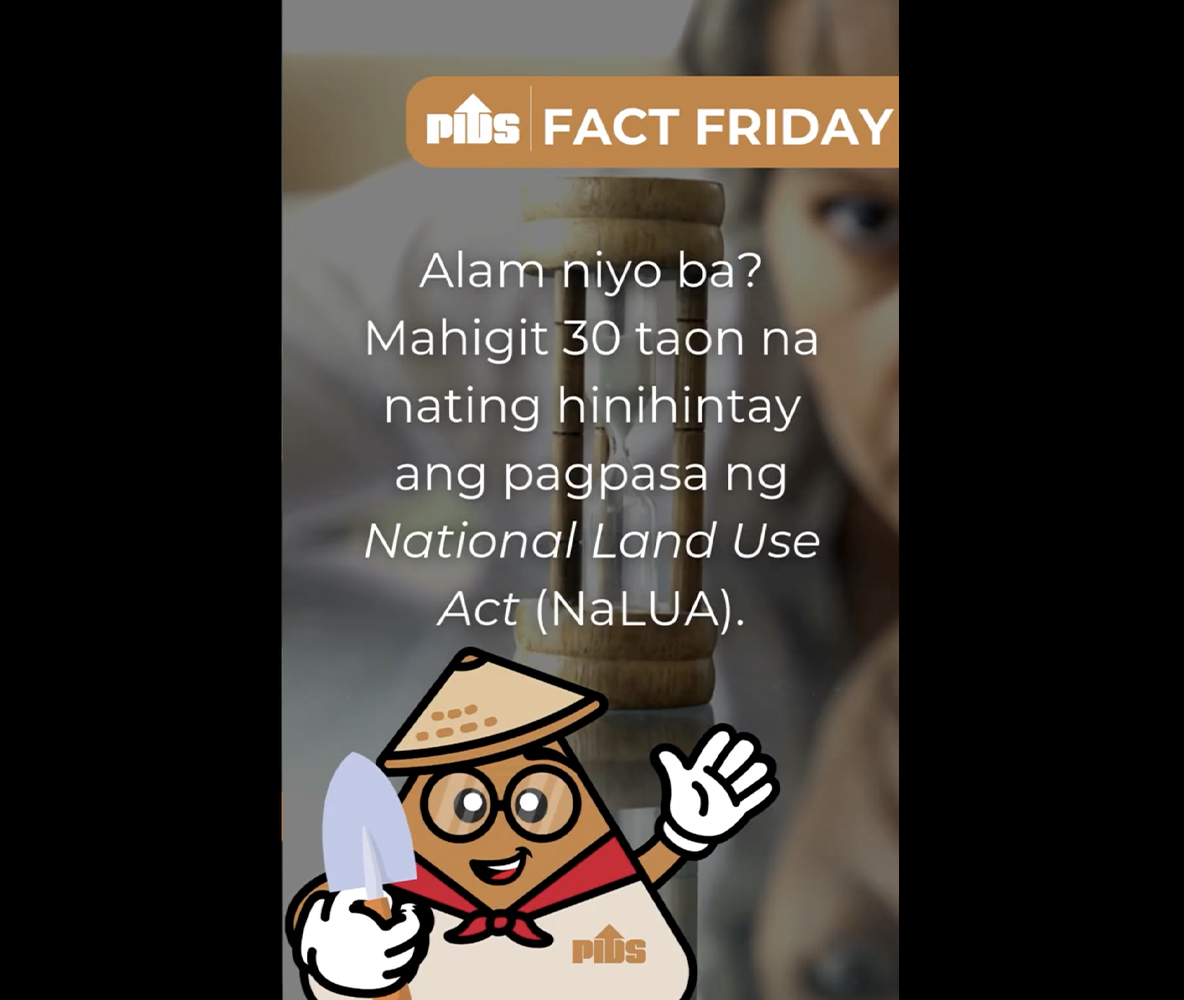
The recent knowledge-sharing session by the Philippine Institute for Development Studies (PIDS) through the Socioeconomic Research Portal for the Philippines (SERP-P) highlighted the crucial role of community involvement in land use planning for sustainable development.
During the session, University of the Philippines Center for Integrative and Development Studies (UP-CIDS) Research Analyst Rafael Vicente Dimalanta presented a study advocating for a significant shift in land use planning practices. Drawing from the experiences of the San Roque urban poor community in North Triangle, Quezon City, Dimalanta emphasized the urgent need to empower communities in the planning process.
“The people are very much capable of organizing themselves and directing their own development,” stated Dimalanta as he advocated for a departure from profit-driven approaches. He underscored the failure of mainstream development initiatives to address the needs of marginalized Filipinos, emphasizing the prioritization of economic interests over community well-being.
Highlighting the struggles of the Sitio San Roque community against eviction due to land use optimization plans favoring private developers, Dimalanta detailed their creative tactics, including mobilizations, protests, and the construction of barricades. These efforts led to a national moratorium on demolitions, showcasing the power of community organizing.
The community recognized the need for proactive solutions with the development of a Community Development Plan (CDP) in 2019. This CDP served as a counterproposal to imposed development plans, and represented a collaborative effort for self-determination.
“This was conceptualized coming from the recognition of the limits of tactics they previously employed and the need to create new forms of rights assertion and to get their message across in various arenas”, explained Dimalanta. Through participatory design workshops, residents articulated their vision for the community, encompassing their housing needs and aspirations. The CDP became a testament to the community’s desire to be active participants in shaping their own future.
Dimalanta urged other communities and local government units to adopt similar inclusive approaches to land use planning. “The case of the Sitio San Roque community highlights the capability of the urban poor in asserting their right to development. Such inclusive reimagining of development is possible only if the poor and the most marginalized are included”.
Watch the knowledge-sharing forum at https://bit.ly/pidslive032524.###

